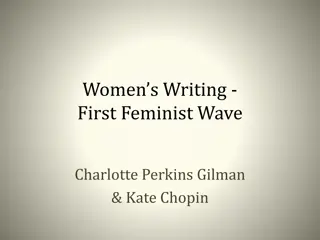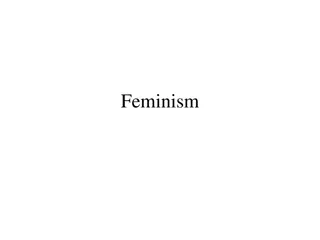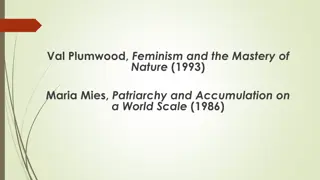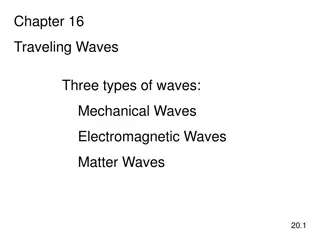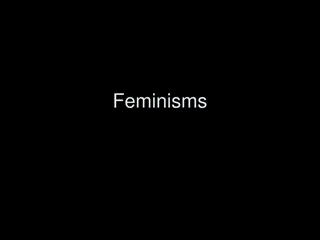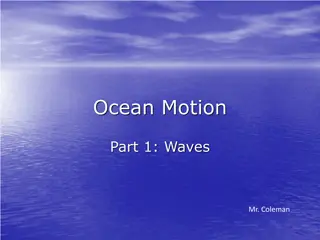
Exploring the Four Waves of Feminism at Libyan International Medical University
Dive into the evolution of feminism through the four waves, from gaining political power in the 19th century to addressing intersectional issues in the modern era, all elucidated by Omar Bubtana at the Libyan International Medical University.
Download Presentation

Please find below an Image/Link to download the presentation.
The content on the website is provided AS IS for your information and personal use only. It may not be sold, licensed, or shared on other websites without obtaining consent from the author. If you encounter any issues during the download, it is possible that the publisher has removed the file from their server.
You are allowed to download the files provided on this website for personal or commercial use, subject to the condition that they are used lawfully. All files are the property of their respective owners.
The content on the website is provided AS IS for your information and personal use only. It may not be sold, licensed, or shared on other websites without obtaining consent from the author.
E N D
Presentation Transcript
Libyan International Medical University Faculty of Business Administration The Waves of Feminism By: Omar Bubtana Student number: 2770 omar_2770@ limu.edu.ly 1
Four waves of feminism The first wave (1830- early 1900s): Women in the late 19th to early 20th centuries realized that they must first gain political power. their political agenda expanded to issues concerning sexual, reproductive and economic matters. 2 Waves of feminism
The second wave (1960s-1980s) World War II, the second wave of feminism focused on the sexuality, family and reproductive rights. Many of the women supporters felt that in order to gain respect in co-ed organizations they first needed to address gender equality concerns. 3 Waves of feminism
The third wave (1990s - early 2000s): It repaired the second wave's failures and focused more on gender equality. It sees women s lives as intersectional, demonstrating how race, ethnicity, class, religion, gender, and nationality are all significant factors when discussing feminism. 4 Waves of feminism
The fourth wave: The main issues women fight for today are fueled by the previous battles of the women before them The #MeToo movement millions of women across the globe united, stepping up to share their own assault stories using the #MeToo hashtag. 5 Waves of feminism
Reference Cavanaugh.L.V.(2018).A brief history: The four waves of feminism.https://www.progressivewomensleadership.com/a-brief-history- the-four-waves-of-feminism Humanities.O.(2018). Betty Friedan: The Three Waves of Feminism. http://www.ohiohumanities.org/betty-friedan-the-three-waves-of- feminism/?fbclid=IwAR2irdTJUYXJAARfsy8E5gCiKZOdORBF4nnoVVc GjZi_- 6lPKUAlthLrpJ0#:~:text=Feminist%20history%20can%20be%20divided,eq ual%20legal%20and%20social%20rights 7






